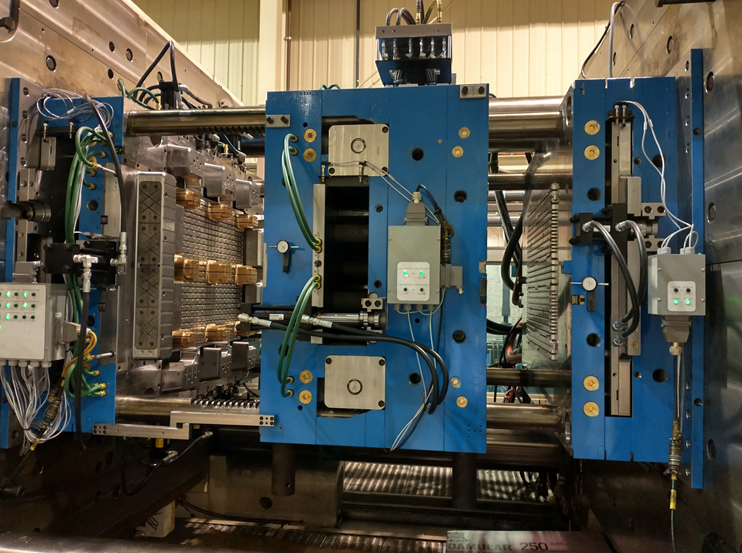Exploring the Benefits and Process of Plastic Injection Molding
Plastic injection molding is a widely-used manufacturing process that involves melting plastic pellets and injecting them into a mold to create a variety of parts and products. This process has become increasingly popular due to its many benefits, such as versatility, efficiency, and cost-effectiveness.
One of the primary benefits of plastic injection molding is its ability to produce complex shapes and designs with high precision and consistency. By using a mold, manufacturers can create intricate parts that would be difficult or impossible to produce using other manufacturing methods. Additionally, the process allows for tight tolerances and repeatable production, ensuring that each part is consistent in size, shape, and quality.
Another advantage of plastic injection molding is its efficiency. Unlike other manufacturing methods, such as machining or casting, injection molding can produce large quantities of parts in a relatively short amount of time. The process is automated, which means that the molding machine can run continuously, producing parts around the clock. This can result in faster turnaround times, increased productivity, and lower labor costs.
Furthermore, plastic injection molding is a cost-effective method of manufacturing. While the initial tooling costs can be expensive, the per-unit cost of production is relatively low. Because the process is automated, there is less waste, and the materials used are often recyclable. This makes injection molding an environmentally-friendly option as well.
The process of plastic injection molding involves several steps. The first step is to create a mold that is designed to the specifications of the part or product. This mold is typically made from steel and can be customized to create a unique shape or design. Once the mold is created, it is installed in a molding machine.
The next step is to prepare the raw materials, in this case, plastic pellets, for injection. These pellets are fed into a hopper, which then feeds them into a heated barrel. Inside the barrel, the pellets are melted and mixed together to create a homogenous liquid plastic.

Once the plastic is ready, it is injected into the mold under high pressure. This pressure ensures that the plastic fills every nook and cranny of the mold, creating a part with high precision and consistency. After the plastic has cooled and solidified, the mold is opened, and the part is ejected.
In conclusion, plastic injection molding is a versatile, efficient, and cost-effective manufacturing process that offers numerous benefits. From creating complex shapes and designs to producing large quantities of parts with high precision and consistency, injection molding has become an essential method of manufacturing in a variety of industries. As technology continues to advance, it is likely that the process of plastic injection molding will only become more efficient, more precise, and more widely-used.
Anterior:Creating High-Quality Electronics Mold for Enhanced Product Performance
Próximo: Injection Molded Parts: Precision Manufacturing for Top-Quality Products
-
How do metal insert molds play a role in manufacturing?
2024-11-26
Metal insert molds play an important role in the manufacturing industry. They not only improve the production efficiency...
Ver detalles -
China Industrial Molding Parts manufacture
2023-5-16
Industrial molding parts are components that are used in the manufacturing process of different products. These parts ar...
Ver detalles -
Crate Mould manufacture: A Step-by-Step Guide to Creating a Perfectly Shaped Container
2023-8-16
Introduction: Crate moulds play a crucial role in the manufacturing industry as they are used to create perfectly shaped...
Ver detalles -
Revolutionizing Healthcare: Exploring the World of Medical Molding Parts
2023-12-28
In the realm of healthcare, where precision, reliability, and innovation are paramount, the role of medical molding part...
Ver detalles -
Creating Large Plastic Molds: A Comprehensive Guide
2023-4-17
Creating large plastic molds can be a daunting task, but with the right tools and knowledge, it can be accomplished succ...
Ver detalles -
Exploring the Factors Affecting Injection Mold Cost
2023-9-19
Introduction: Injection molding is a widely used manufacturing process for producing plastic parts in large volumes. The...
Ver detalles







